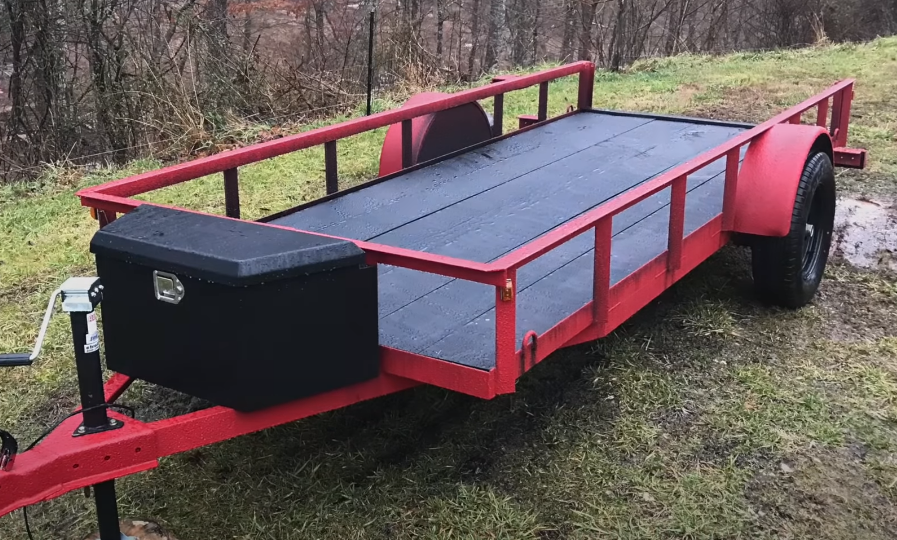How To Pick The Right Car For Rideshare Driving?
In recent years, the rideshare industry has experienced exponential growth, offering flexible earning opportunities to millions of drivers worldwide. However, success in rideshare driving often hinges on one crucial decision: choosing the right car.
Whether you're considering joining platforms like Uber, Lyft, or others, selecting a suitable vehicle is paramount to your success and passenger satisfaction. In this comprehensive guide, we'll walk you through the essential factors to consider when picking the perfect car for rideshare driving.
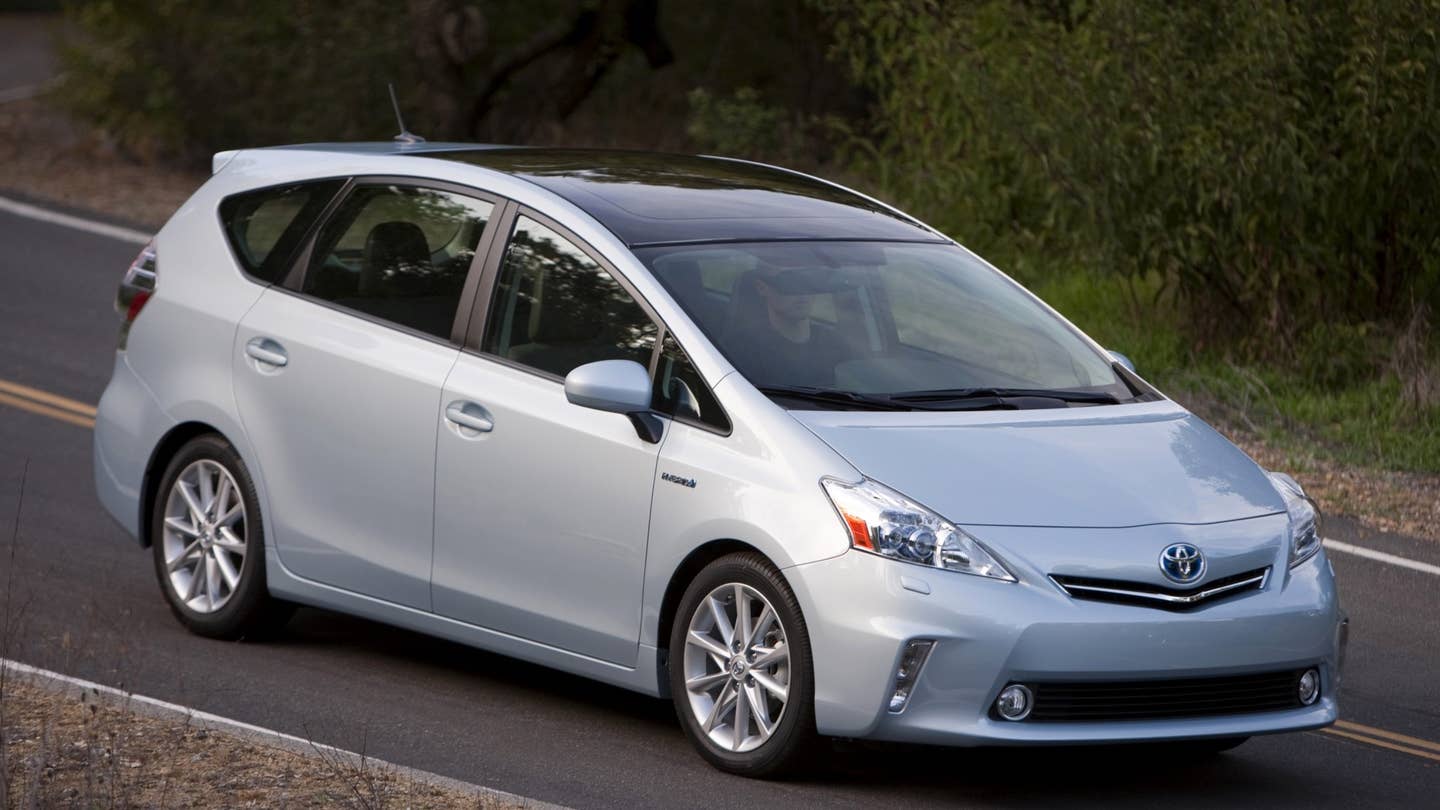
Understanding The Requirements Of Ridesharing
Before delving into the process of acquiring a vehicle suitable for ridesharing, it's imperative to grasp the foundational requirements set forth by these services. These criteria are meticulously designed to uphold paramount aspects such as passenger safety, comfort, and overall satisfaction. Here's a closer examination of what you need to know:
Vehicle Age:
- Preferred Standard: It's advisable to seek out vehicles that fall within the ten-year mark to align with the stringent standards enforced by most rideshare platforms.
- Considerations: Newer models often boast enhanced fuel efficiency and incorporate advanced safety features, thereby elevating the overall passenger experience.
Vehicle Condition:
- Stipulations: Vehicles must be devoid of any visible cosmetic damage and must demonstrate impeccable operational performance, thereby underscoring the commitment to delivering top-notch rideshare services.
- Recommendations: Adhering to regular maintenance schedules and promptly addressing any signs of wear and tear are pivotal in preserving the pristine condition of the vehicle.
Vehicle Type:
- Standard Requirement: Ideally, the vehicle should be a four-door sedan capable of comfortably accommodating a minimum of four passengers, excluding the driver.
- Exploring Alternatives: While sedans remain the staple choice, contemplating larger vehicle options such as SUVs or minivans can prove advantageous, especially for catering to larger groups or unlocking access to premium ride options.
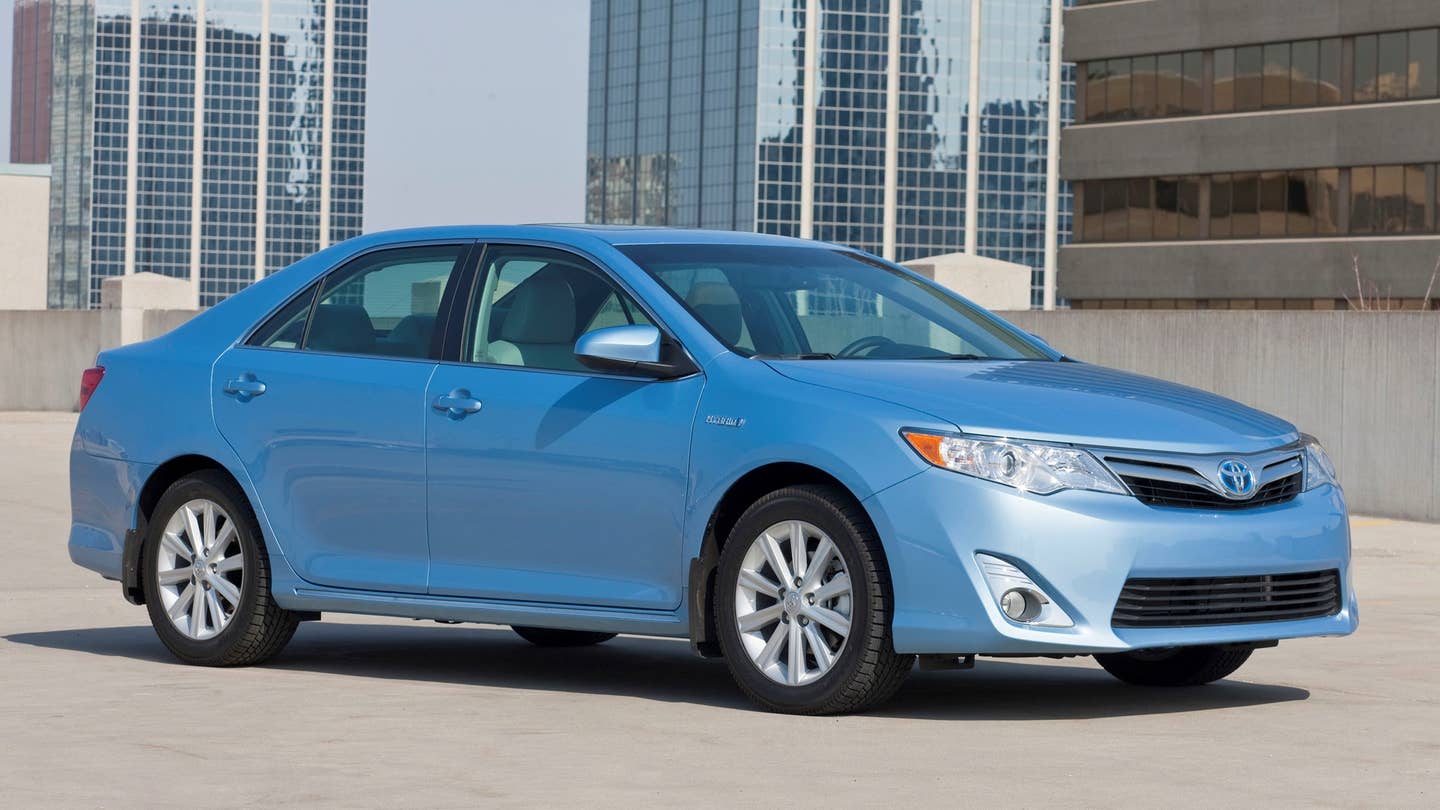
Insurance Coverage:
- Mandatory Provision: Securing adequate insurance coverage that aligns with the regulatory requirements of the operating state is non-negotiable.
- Guidance: Opting for comprehensive insurance coverage and including collision protection extends superior safeguarding against unforeseen accidents and damages, thereby bolstering peace of mind for both drivers and passengers.
Vehicle Inspection:
- Safety and Operational Evaluation: Successfully navigating through a thorough vehicle inspection process is paramount, with a keen emphasis on verifying the presence and functionality of critical safety features such as brakes, lights, and tires, along with ensuring overall roadworthiness.
- Frequency: Regular inspection routines, often mandated on an annual basis, serve as a cornerstone in maintaining eligibility for participation in rideshare platforms, underscoring the commitment to upholding safety and quality standards.
In the realm of ridesharing, the selection of vehicle type and size is a crucial determinant that can significantly shape your success trajectory. These aspects directly influence passenger comfort and satisfaction, while also having a substantial impact on the operational effectiveness of your vehicle.
Assessing Vehicle Type
The ridesharing landscape presents a diverse array of service categories tailored to meet varying passenger preferences and demands. These categories span from standard services necessitating basic yet reliable transportation to premium services, which command luxury and heightened comfort levels.
Here's a guide to aligning your vehicle choice with the respective service types:
- Standard Rides: Mid-size sedans typically suffice for standard services, prized for their optimal balance between cost-effectiveness and passenger comfort. These vehicles should boast adequate space to accommodate up to four passengers comfortably, rendering them ideal for routine ridesharing purposes.
- Premium Services: To venture into premium rides, contemplate luxury sedans, SUVs, or upscale models exuding opulence, style, and an enhanced driving experience. While such vehicles command higher fares and bolster earnings potential, they also entail elevated upfront costs and maintenance expenditures.
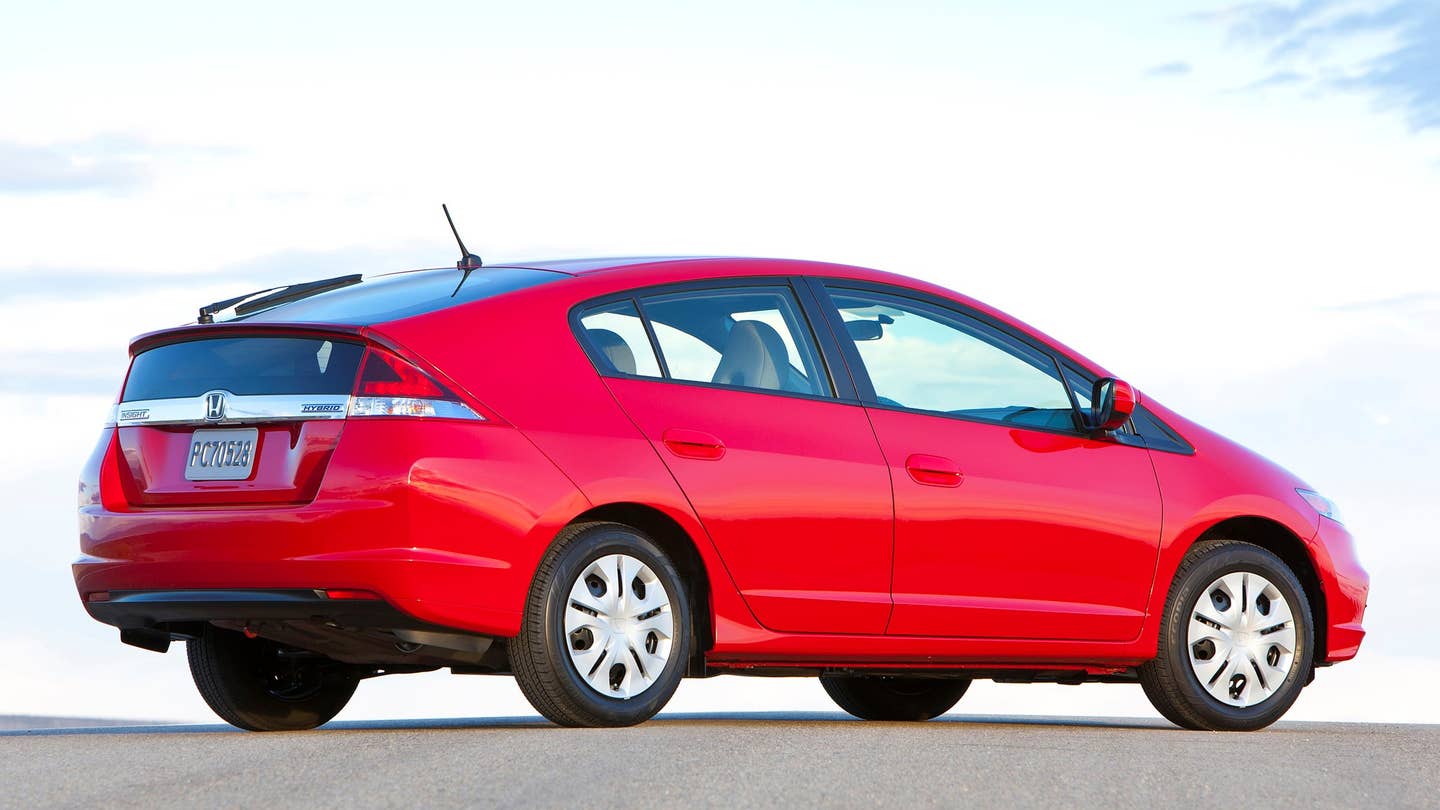
Selecting the Appropriate Vehicle Size
The dimensions of your chosen vehicle have a direct influence on passenger comfort levels and the overall ride experience. Nonetheless, it's imperative to also factor in how size impacts fuel efficiency, a facet that significantly influences operational costs and profitability.
Compact Vehicles: Compact cars, renowned for their fuel efficiency and maneuverability, prove fitting for solo travelers or pairs seeking standard rideshare services. While adept at navigating congested urban streets, they may not be the most accommodating option for passengers with substantial luggage or larger groups.
Mid-size to Full-size Vehicles: Offering enhanced legroom and space, mid-size to full-size vehicles elevate passenger comfort levels, particularly during extended trips or when catering to groups of three to four individuals. Despite potentially marginally lower fuel efficiency compared to their compact counterparts, their versatility in accommodating diverse ride requests often translates to heightened earnings potential.
SUVs and minivans: Ideal for drivers eyeing clientele from larger groups or families, SUVs and minivans boast ample space for passengers and their belongings. Well-suited for airport transfers or group outings, these vehicles, depending on their make and model, can qualify for both standard and premium service categories. Nevertheless, it's worth noting that their fuel consumption and maintenance outlay typically surpass those of their smaller counterparts.
Maintaining a delicate equilibrium between passenger comfort and fuel efficiency serves as a pivotal consideration when selecting the optimal ridesharing vehicle. Through a thoughtful evaluation of the ride types you aim to offer and a judicious selection of vehicle size aligned with these services, you can ensure a gratifying experience for passengers while optimizing operational efficiency and profitability.
Look for vehicles equipped with advanced safety features. Prioritize the safety of both yourself and your passengers by choosing a vehicle with advanced safety features such as:
- Airbags: ensure the vehicle is equipped with airbags in key areas to provide protection in the event of a collision.
- Anti-lock braking system (ABS): ABS helps prevent the wheels from locking up during hard braking, allowing the driver to maintain control of the vehicle.
- Collision avoidance systems: consider vehicles with features such as automatic emergency braking or lane departure warning systems to help prevent accidents before they occur.
- Consult safety ratings from reputable sources: research safety ratings from organizations such as the Insurance Institute for Highway Safety (IIHS) and the National Highway Traffic Safety Administration (NHTSA) to ensure the vehicle meets industry safety standards and has a good track record in crash tests and real-world scenarios.
Versatility and adaptability are also important features you should consider before choosing a car for rideshare driving:
- Choose a vehicle with ample seating capacity: Consider the number of passengers you'll typically be transporting and choose a vehicle that can accommodate them comfortably. Opt for cars with enough legroom and headroom for passengers of all sizes.
- Consider cargo space: if you anticipate transporting passengers with luggage or other belongings, choose a vehicle with sufficient cargo space to accommodate their needs.
- Accessibility options: consider whether you'll need features such as wheelchair ramps or extra-large doors to accommodate passengers with mobility challenges. Choosing a vehicle with these features can expand your potential customer base and increase your earning potential.
- Anticipate future changes in rideshare market demands. Stay informed about industry trends and changes in customer preferences to ensure the vehicle you choose can adapt to evolving demands. For example, if there's a growing demand for eco-friendly rides, investing in a hybrid or electric vehicle may become more advantageous in the future.
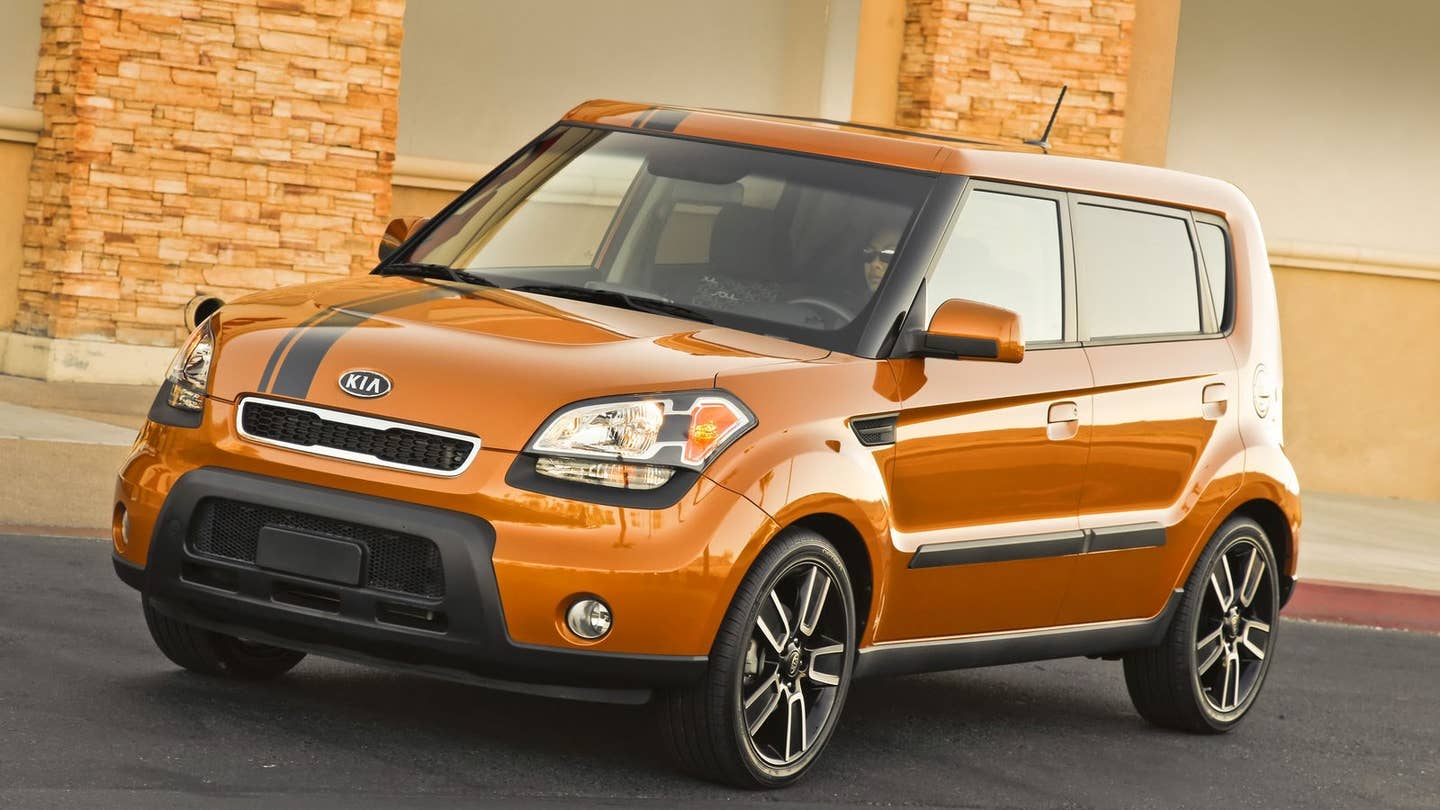
- Calculate initial investment costs: thoroughly research purchase or lease prices for vehicles that meet rideshare company requirements. Consider whether buying new or used is more cost-effective in the long run.
- Evaluate ongoing expenses: beyond the upfront costs, factor in the day-to-day expenses such as fuel efficiency, maintenance, and insurance premiums. Look for cars with good gas mileage to save on fuel costs, and consider the maintenance requirements and associated costs for each vehicle option.
- Consider potential earnings against costs: estimate your potential earnings based on average fares and hours worked. Then, compare this against your calculated expenses to determine your potential return on investment and assess whether the chosen vehicle fits within your budgetary constraints.
How old can my vehicle be for ridesharing?
Most platforms prefer vehicles less than ten years old to meet standards.
What's the best vehicle for standard rideshare services?
Mid-size sedans strike a balance between cost-effectiveness and passenger comfort for everyday rides.
How can I offer premium rideshare services?
Invest in upscale vehicle models like luxury sedans or SUVs for passengers seeking a superior riding experience.
Do I need special insurance for ridesharing?
Yes, ensure your insurance meets state and platform requirements, and consider comprehensive coverage for better protection.
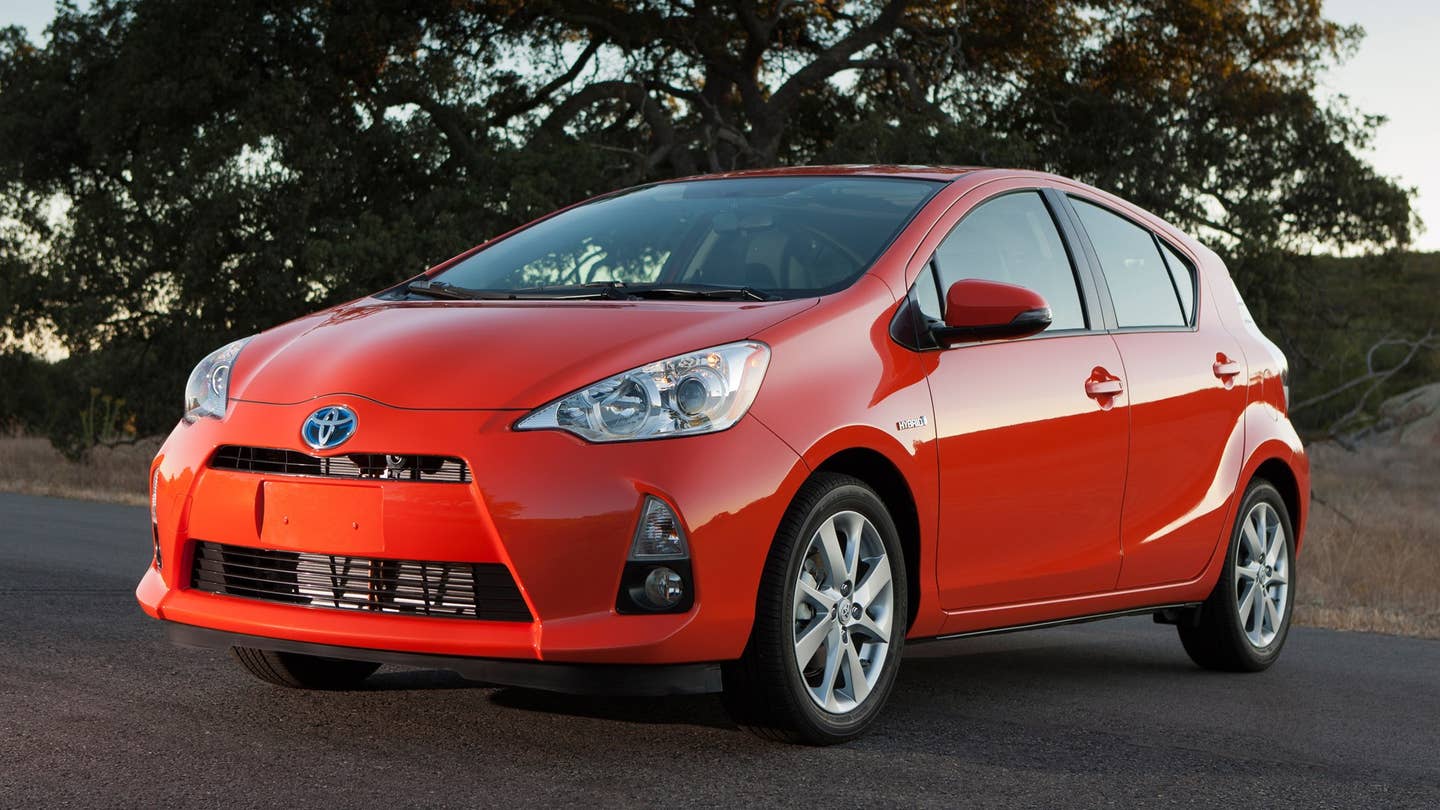
Selecting the right car for rideshare driving is a critical decision that can significantly impact your success and satisfaction in the industry. By understanding rideshare requirements, analyzing your budget, prioritizing passenger comfort and safety, and seeking insights from experienced drivers, you can make an informed decision that meets your needs and sets you up for success on the road ahead. Remember, the key is to prioritize safety, comfort, and sustainability in your vehicle choice, ensuring a positive experience for both you and your passengers.
Click on the following link to read another blog post: What Is Downforce In A Car?







.png)

